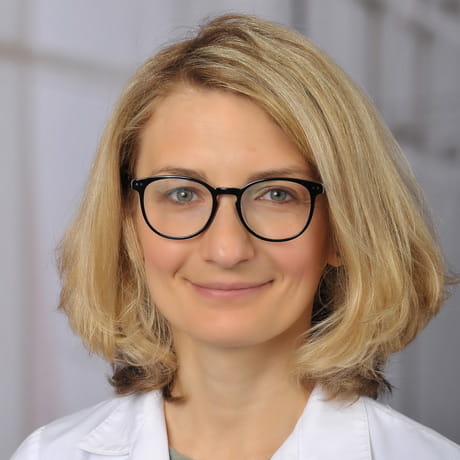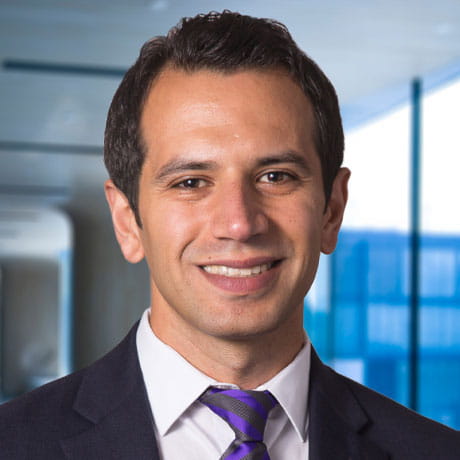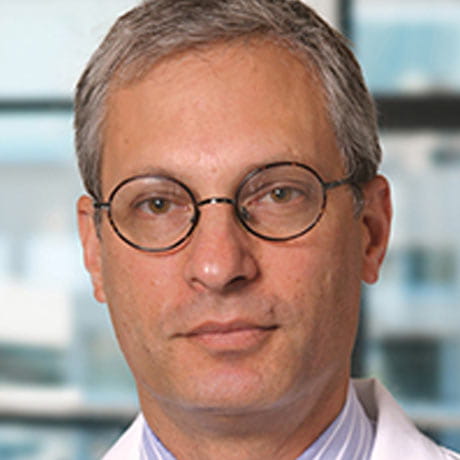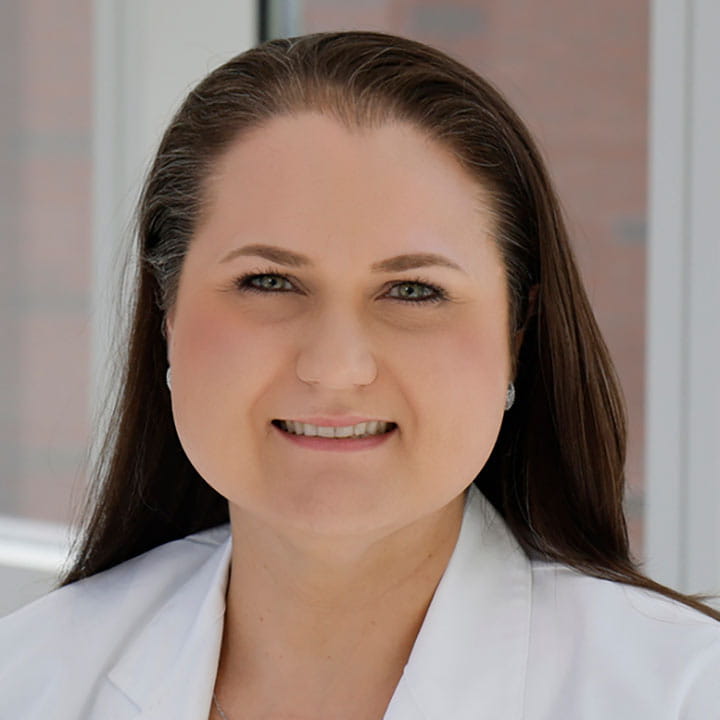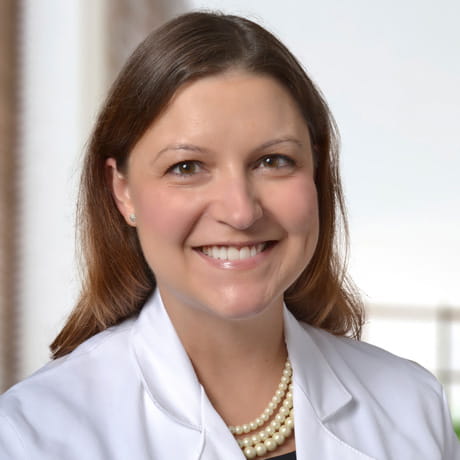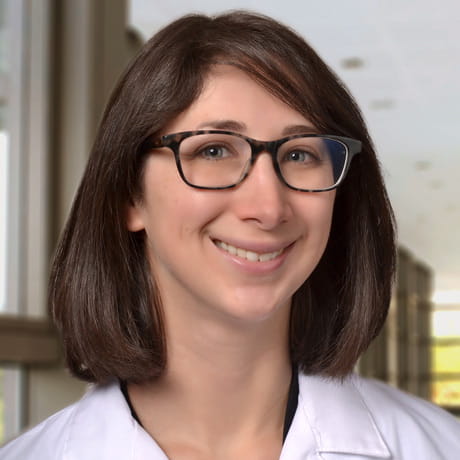
Fara Bellows, MD
- Urology
Diverticulitis happens when pouches (diverticula) form in the wall of the colon and the pouches become inflamed or infected from bacteria buildup. It can be a serious and potentially dangerous condition.
In serious cases, diverticulitis can lead to bleeding, tears or blockages. And although diverticular bleeding is relatively rare, it won’t stop by itself and it requires immediate treatment.
Diverticulosis is the presence alone of pouches (diverticula) in your colon. They usually don’t cause any symptoms or need to be treated, but they can lead to diverticulitis.
The most common symptom of diverticulitis is abdominal pain, usually on the left side. You may also have fever, nausea, vomiting, chills, cramping and constipation.
Diverticula can develop when naturally weak places in your colon give way under pressure, causing small, marble-sized pouches to develop in the colon wall.
Diverticulitis develops when those diverticula tear, leading to inflammation and sometimes infection.
Based on symptoms and severity of illness, your doctor will ask about your health, other symptoms, bowel habits, diet and medications. You can also expect a physical exam, which may include a rectal exam.
The rectal exam is used to check for pain, bleeding or a blockage in the intestine. In addition, your doctor may schedule a blood test, CT scan, colonoscopy or a lower gastrointestinal (GI) series of X-rays to confirm a diagnosis.
If diverticular bleeding is suspected, it can be diagnosed with a colonoscopy, CT scan or angiogram.
Treatment varies, depending on whether you have diverticulitis or diverticular bleeding.
You have diverticulosis if you develop small pouches (called diverticula) that bulge outward through the colon or large intestine.
Most people have no symptoms with diverticulosis, but it can cause bleeding, mild cramps, bloating or constipation.
Diverticulosis is often found through tests ordered for something else. For example, during a colonoscopy to screen for cancer or a CT scan.
In general, a high fiber diet will help maintain regularity and reduce the chances of developing further complications such as infection.

